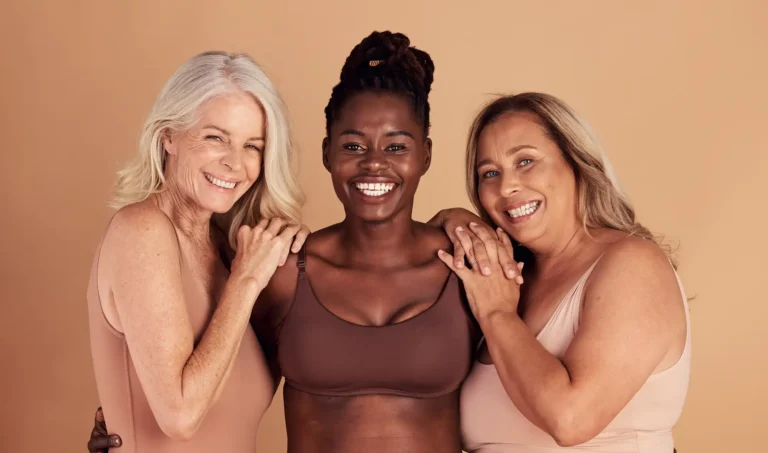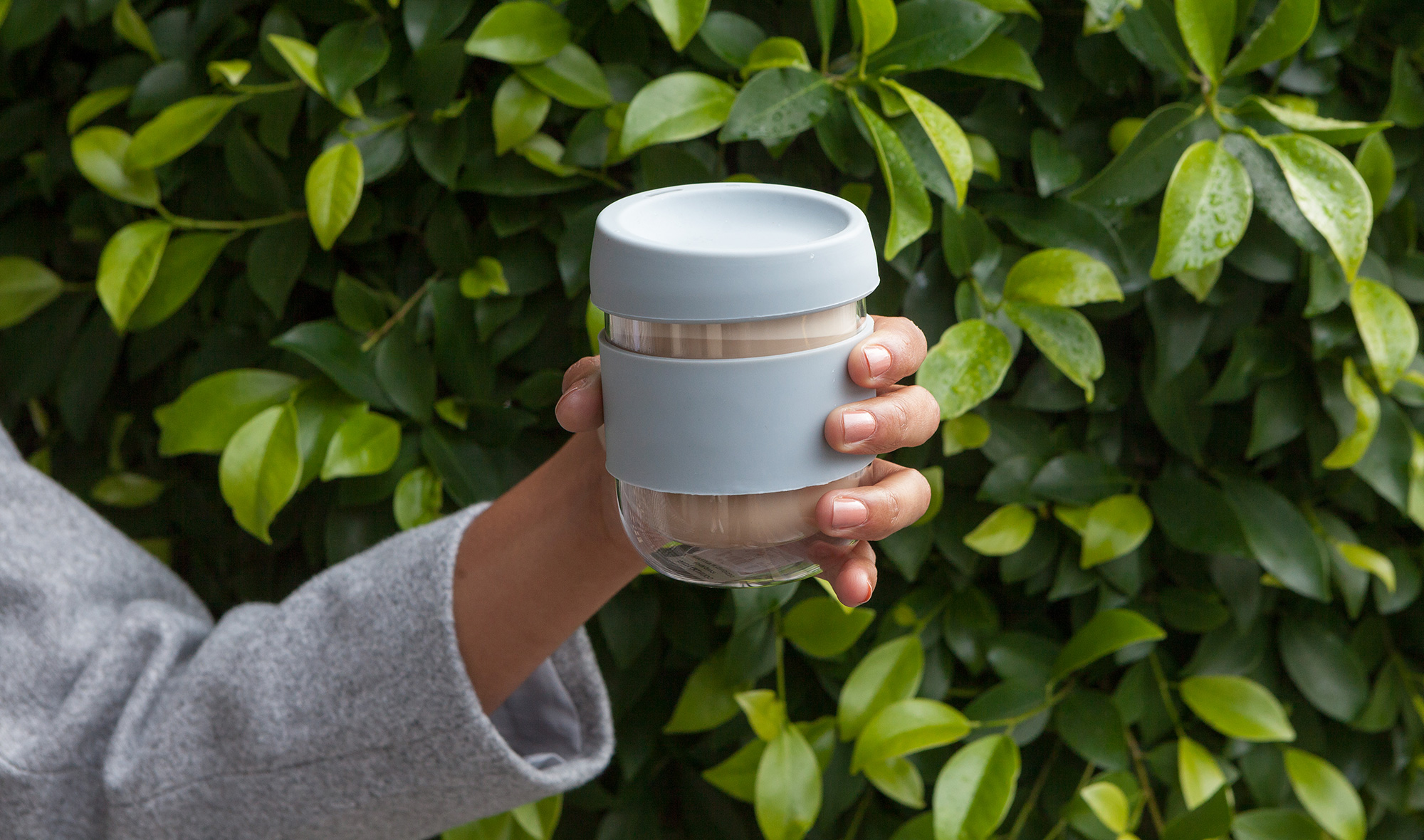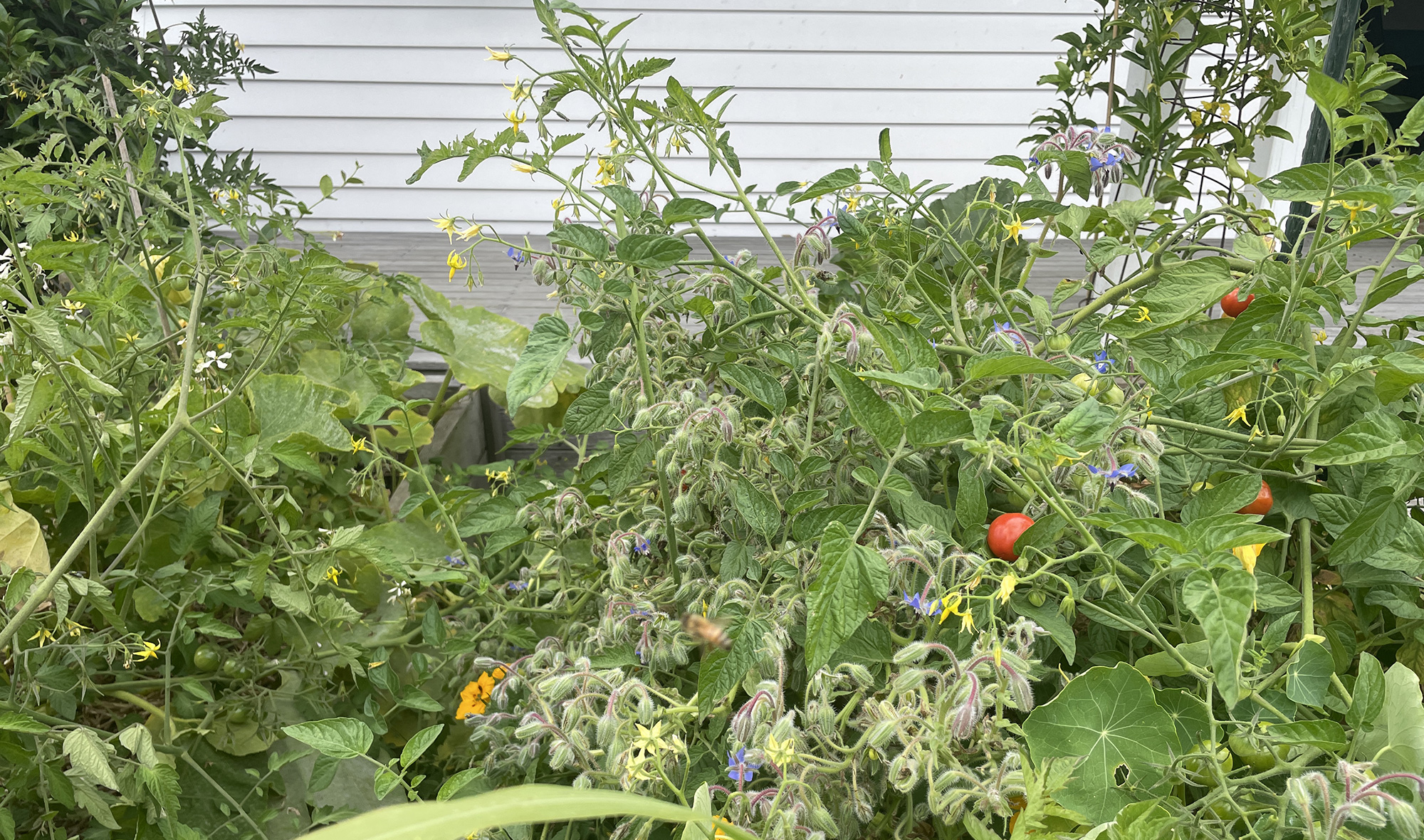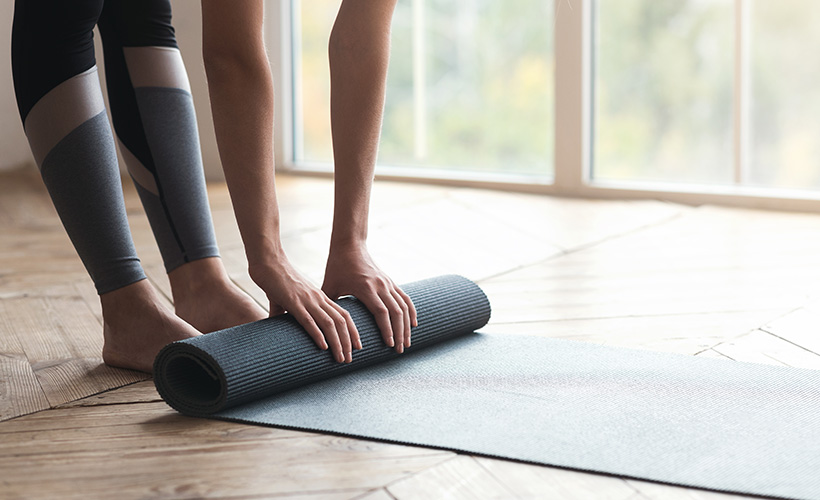In the frantic world of fast fashion, a new ‘on trend’ (as in, for this week) wardrobe is accessible by the click of your mouse, jewellery is sold in shiny combo packs backed with cardboard, and shoes are not made to last. When it comes to fashion, can less really be more? Step in the ‘Slow Fashion Movement’…
Slow Fashion is the movement of designing, creating and buying garments for quality & longevity…and it’s a trend swiftly gaining momentum in the fashion arena. In contrast to ‘Fast Fashion’ (think along the lines of the stores sending you your ‘Weekly Wardrobe’ updates…there you have it!), ‘Slow Fashion’ encourages slower production schedules, fairer wages, lower carbon footprints and less waste. The movement is a unified representation of the likes of the ‘sustainable’, ‘eco’, ‘green’, and ‘ethical’ fashion movements.
A far cry from the mainstream fashion industry, which primarily relies on globalised, mass production with high fashion spin-offs going from the design stage to the shop floor in a matter of weeks. With most fast fashion retailers selling the latest fashion trends at very low prices, we’re easily lured into the gloss and ‘necessity’ of garments and purchase more than we need. However, this overconsumption comes with a hidden price…on the environment. Very quickly, garments become garbage.
This way of consuming has led to mountainous landfills of discarded clothes, and buyers who are unconcerned with how their clothing disposal habits excessively take vital resources from the planet (and take advantage of others on our planet who are less fortunate).
In contrast, slow fashion designers acknowledge that their decisions affect the environment and people and utilise local materials, suppliers and manufacturers to create their ethical garments. These practices help to lessen material waste, pollution, and carbon footprints. Designers of this movement ensure the longevity of their garments by purchasing higher quality fabrics, often handmade, and creating customers custom pieces to be worn for many years. We’re talking quality over quantity here.
A fairer ticket price distribution throughout the supply chain is an integral part of the movement. Slow design enables a more intimate interaction between the designer and maker, maker and garment, garment and end-wearer.
So, how can you contribute to the movement?
You don’t have to change your ways at the drop of a (ahem, ASOS) hat, but here are some tips;
- Choose local, artisan products to support smaller businesses
- Buy fair trade clothes when possible
- Buy secondhand or vintage clothing
- Donate garments you’re ‘over’
- Choose clothing made with sustainable, organic, ethically made or recycled fabrics
- Choose quality fabrics and ‘classic’ styles that will last longer and transcend trends
- Get crafty – make, mend, customise, alter, and up-cycle your current wardrobe
By learning more about where our clothing comes from, what resources it takes to make and how far it travels to market, we can see the larger picture of a garment’s journey to the store floor and how this affects our environment in both a literal and social sense. When we consciously seek out clothing that fits well, serves a purpose, flatters us and that truly reflects our unique style, we are connecting to what fashion should be. A creative and harmless expression of who we are, and what we value. Quality over quantity, and realising that being conscientious shopper will never go out of style.
Fashion should be fun and fabulous. But I do like the idea of slowing down and enjoying the process, being more mindful of how my occasional frivolity may be affecting others and not letting the shine of the industry let me lose sight of the more significant impact our disposal shopping habits have. Here’s to fast-forwarding to a world where fast fashion is SO last decade!


















Community